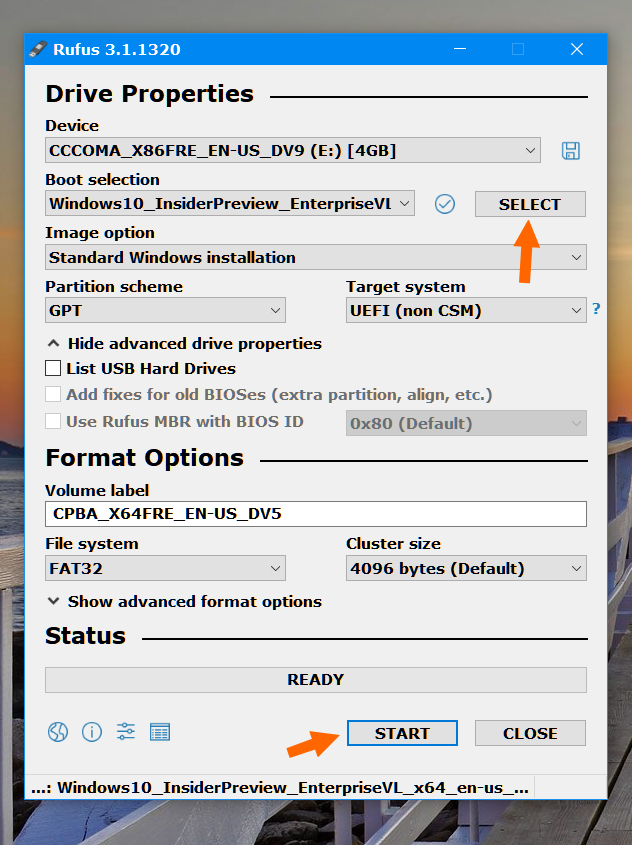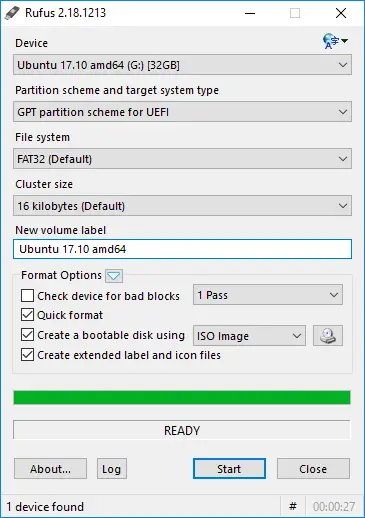
- #Usb installer maker upgrade#
- #Usb installer maker full#
- #Usb installer maker windows 10#
- #Usb installer maker download#
- #Usb installer maker mac#
In the "Select USB Drive" window, look for the "USB Drive Found" option matching your 8GB or 32GB USB stick.Note: If the "Download Endless OS Basic" and "Download Endless OS Full" options are gray, you may have internet connection problems.
#Usb installer maker full#
Remember, for the basic version of Endless OS you need a 8GB (or larger) USB stick for the full version, you need a 32GB (or larger) USB stick.
#Usb installer maker download#

#Usb installer maker mac#
Once you formatted the USB flash drive with a GPT partition, you can use the instructions mentioned above to use TransMac to create a bootable media, but this time skip steps 5 through 10 and continue on step 11.Īfter the process is completed, which it’s something that could take up to an hour, connect the USB flash drive and power on your Mac holding down the Option key, and select the USB drive to begin installing macOS. Type the convert GPT command and press Enter.Įnter the create partition primary command and press Enter to complete the process.

Type the select disk command with the number assigned for the USB flash drive (for example select disk 4) and press Enter. Type the diskpart command and press Enter.Įnter the list disk command to view all drives connected to your computer and press Enter. Search for Command Prompt, right-click the top result, and select the Run as an administrator option. To create a GPT partition on a removable drive, use these steps:
#Usb installer maker windows 10#
However, this time, you should use the following steps to use the Diskpart command-line utility on Windows 10 to create the appropriate GPT partition, and then follow the above instructions. In this case, you may need to redo the entire process again. If the USB flash drive is not working with TransMac, it could still be a partition problem. Create a GPT partition on a USB flash drive
#Usb installer maker upgrade#
Once you complete the steps, you can insert the USB flash drive on your Mac computer to install, reinstall, or upgrade the operating system to the latest macOS version, Sierra, Catalina, Big Sur, Monterey, or higher. dmg file with the macOS installation files. Right-click the USB flash drive and select the Restore with Disk Image option from the left navigation pane.Ĭlick the Yes button to confirm the erase of the USB flash drive data.

If this is the case, the chances are it’s using an MBR partition, and the USB drive needs a GPT partition to work on a Mac.Ĭlick the Yes button to format the drive on the warning message.Ĭonfirm a name for the drive. Quick note: You want to do this before creating the bootable media because there is a good chance that the drive was formatted using a Windows device.



 0 kommentar(er)
0 kommentar(er)
